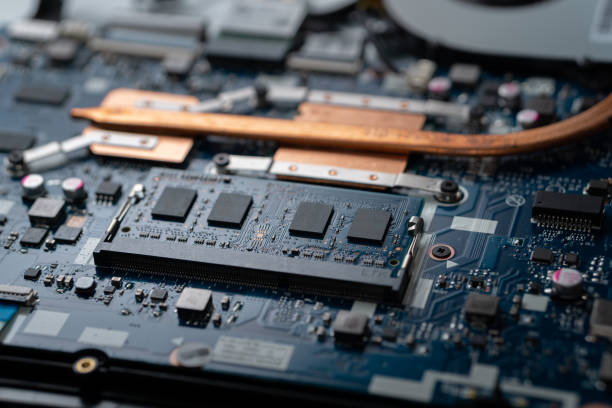Comprehensive Guide to Flex PCB and Its Supreme Benefits

We can't stress enough that technology is evolving at a ground-breaking speed, and the advancement of technology has provided a host of benefits for humans, right? One major technological invention in the electronic world that has offered humankind benefits multifold is the printed circuit board design . Today, all electronic devices, be it TV or laptop, all have PCB. In lay person’s terms, PCB is the heart of every electronic device, and without PCB, the existence of electronic devices is just a scrap that is worth abandoning in any junkyard. One such PCB that has gained enough traction among the end consumers is Flex PCB. The flex circuit design and fabrication process are done with utmost care and professionalism to give the desired results. Flex PCB Design Flexible lamination is used to create a flexible printed circuit. The laminate's basic materials and qualities are critical not just to its production process but also to the finished circuit's performance. A conduc...





